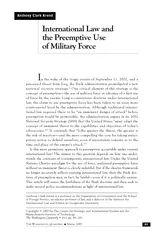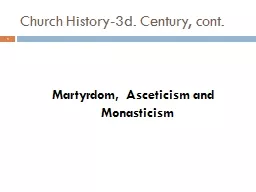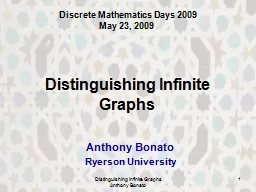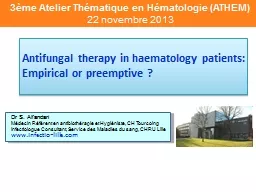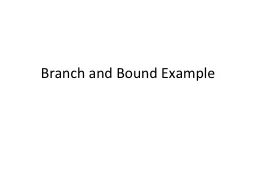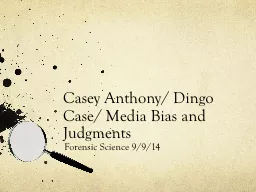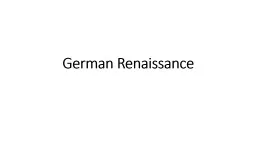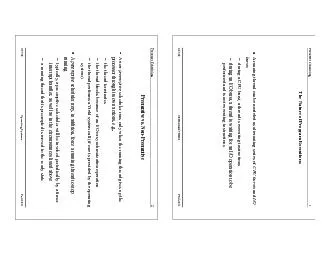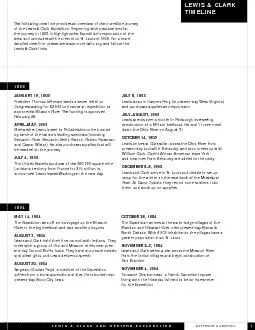PDF-Anthony Clark ArendInternational Law andthe Preemptive Use
Author : min-jolicoeur | Published Date : 2015-08-11
of Military ForceMassachusetts Institute of TechnologyThe Washington Quarterly UARTERLY 89 of Foreign Service an adjunct professor of law and a director of the Institute
Presentation Embed Code
Download Presentation
Download Presentation The PPT/PDF document "Anthony Clark ArendInternational Law and..." is the property of its rightful owner. Permission is granted to download and print the materials on this website for personal, non-commercial use only, and to display it on your personal computer provided you do not modify the materials and that you retain all copyright notices contained in the materials. By downloading content from our website, you accept the terms of this agreement.
Anthony Clark ArendInternational Law andthe Preemptive Use: Transcript
Download Rules Of Document
"Anthony Clark ArendInternational Law andthe Preemptive Use"The content belongs to its owner. You may download and print it for personal use, without modification, and keep all copyright notices. By downloading, you agree to these terms.
Related Documents

